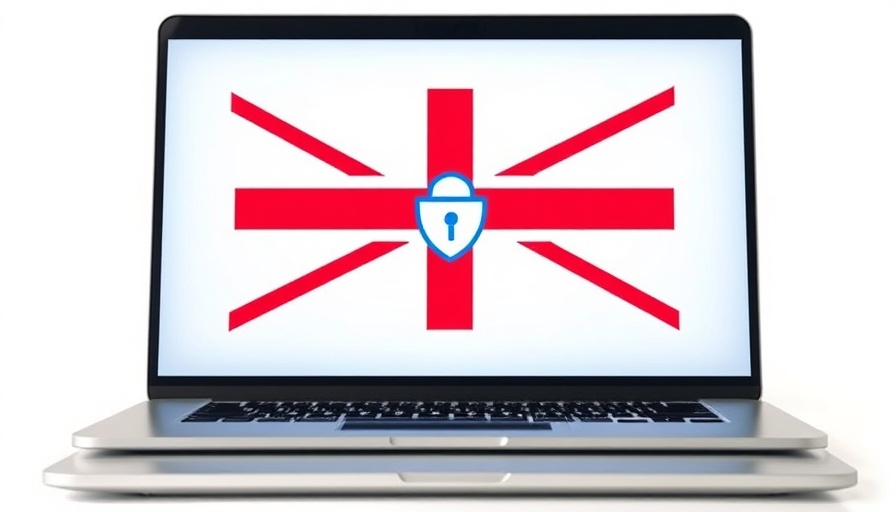
eSafety's Address: A Call for Action on YouTube
As online platforms continue to evolve, the call from eSafety Commissioner Julie Inman Grant for a comprehensive approach to protecting children online has gained momentum. In her recent address to the National Press Club, she outlined significant concerns regarding YouTube's role in exposing young users to harmful content. This plea comes on the heels of the government's proposed social media ban for users under 16 for platforms like TikTok and Instagram, which currently excludes YouTube, a glaring omission that has raised eyebrows from various stakeholders.
YouTube's Popularity Among Youth: A Double-Edged Sword
Julie Inman Grant's research findings that YouTube is the most-used social media platform by young Australians underscore the paradox of its accessibility versus its potential dangers. With about 37% of young users reporting negative experiences on the platform, including exposure to violent content, disordered eating, and even suicidal ideation, the need for regulatory vigilance has never been more pressing. As parents, it's crucial to understand not just how frequently children are visiting YouTube but also the nature of content they encounter. While it provides educational resources, it is also a breeding ground for harmful themes.
The Educational Framework: Balancing Safety and Learning
The government's initial decision to exempt YouTube from the proposed social media ban was largely based on its perceived educational value. However, this raises pertinent questions: Is the educational benefit worth the risk of exposure to harmful materials? Inman Grant suggests that while YouTube offers valuable content, the risks associated with its misuse should not be ignored. Parents need to engage in open conversations with their children about viewing habits and the potential dangers of self-led content exploration.
Voices from Concerned Parents and Advocacy Groups
Reactions to Inman Grant's proposals have varied significantly among parents and advocacy groups. Many express concern that simply regulating platforms might not suffice in addressing the issue. They advocate for more comprehensive strategies, including media literacy education to empower children to navigate online content critically. This enables kids not only to enjoy the positive aspects of platforms but also to discern potentially harmful material. Are we equipping our children with the necessary skills to thrive in a digital world?
Future Implications: Shaping Online Safety for the Next Generation
Looking ahead, the outcome of the eSafety Commission’s recommendations could redefine how social media is approached in relation to child safety. If implemented, a more stringent regulatory framework could foster a safer online environment for children, providing parents with the toolset needed to safeguard their kids effectively. How will legislation evolve to offer protection without stifling the benefits of digital innovation? This is a crucial question for our lawmakers.
Empowering Actions: What Parents Can Do Now
In the face of uncertainty, parental involvement remains key. Parents should take proactive steps to monitor their child’s online activity and engage in dialogues about the content they encounter. Setting clear guidelines around social media use and encouraging breaks from screens can contribute to healthier habits. Emphasizing the importance of privacy settings and parental controls can foster a safer browsing experience. Tools are available to help you manage your child’s online engagement, giving you the power to tailor their digital exposure.
Your Role as Advocates for Change
As stakeholders in our children's well-being, advocating for a legislative framework that prioritizes online safety is essential. Stay informed about ongoing discussions surrounding social media legislation. Engaging with local representatives and sharing your perspectives can amplify the voice of concerned parents and contribute to meaningful change in policy aimed at protecting our children.
In conclusion, as the conversation around YouTube and online safety intensifies, it is vital for parents to remain vigilant. Engage with your children about their online habits, stay abreast of developments in social media policies, and advocate for measures that ensure a safer digital landscape for the next generation.
 Add Row
Add Row  Add
Add 




Write A Comment